Home>Garden Essentials>When Should I Plant Wildflower Seeds
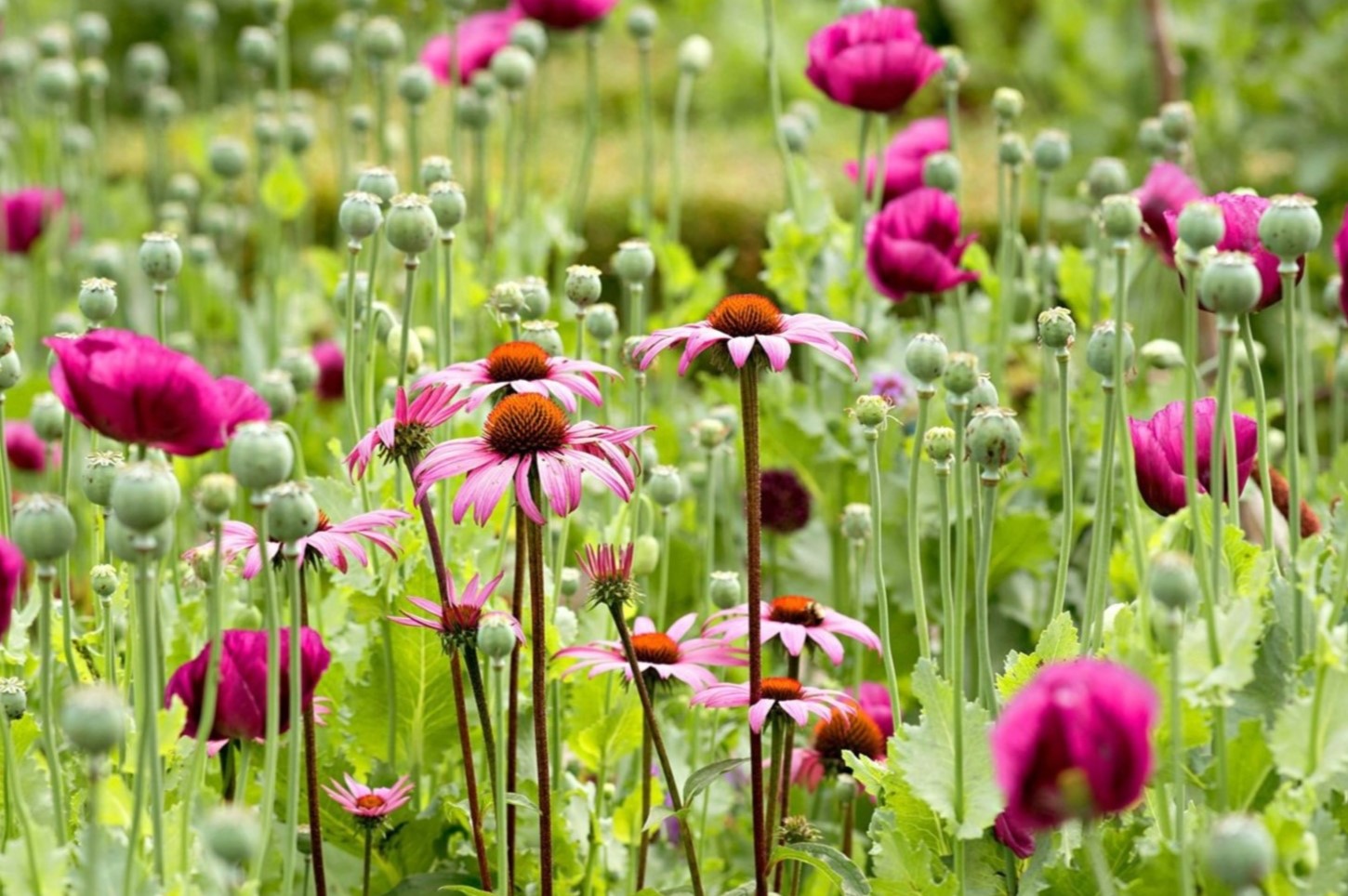

Garden Essentials
When Should I Plant Wildflower Seeds
Modified: October 20, 2024
Wondering when to plant wildflower seeds in your garden? Our expert guide provides tips and recommendations for the best time to sow and nurture your beautiful blooms.
(Many of the links in this article redirect to a specific reviewed product. Your purchase of these products through affiliate links helps to generate commission for Storables.com, at no extra cost. Learn more)
Introduction
Welcome to the world of wildflowers! If you have a passion for gardening and want to add a touch of natural beauty to your space, planting wildflower seeds is the way to go. Wildflowers not only create stunning displays of color, but they also attract pollinators like bees and butterflies, contributing to a healthy ecosystem.
Before you begin planting wildflower seeds, there are several factors to consider to ensure successful growth. From understanding climate and soil conditions to selecting the right planting time, this article will guide you through the essential steps to create a flourishing wildflower garden.
One crucial factor to bear in mind is that wildflowers are diverse and can vary greatly in their growing requirements. While some species prefer sunny spots with well-drained soils, others thrive in shady or moist environments. Therefore, it’s essential to research the specific needs of the wildflower species you plan on planting to achieve optimal results.
Additionally, the purpose of your wildflower garden can influence the timing and selection of seeds. Whether you want to create a colorful meadow, attract pollinators, or provide habitat for wildlife, understanding your goals will help you make informed decisions.
In the following sections, we will explore the best time of year to plant wildflower seeds, how to prepare your garden, and the techniques for successful planting and growth. By the end of this article, you’ll have all the information you need to embark on your wildflower planting journey.
Key Takeaways:
- Choose the right time to plant wildflower seeds based on your climate and the specific species you want to grow. Spring and fall are popular, but winter and summer can work with the right precautions.
- Prepare your garden by clearing the area, selecting the right seeds, and using proper planting techniques. Provide ongoing care, including watering, weeding, and monitoring for pests, to ensure your wildflowers thrive.
Factors to Consider before Planting Wildflower Seeds
Before embarking on your wildflower planting journey, there are several factors that you should keep in mind to ensure the success of your garden. Understanding these factors will help you select the right species, determine the best planting time, and provide the optimal growing conditions for your wildflowers. Let’s take a closer look at these factors:
Climate and Hardiness Zones
Wildflowers, like all plants, have specific climate requirements to thrive. Different species are adapted to different temperature ranges, frost tolerances, and growing seasons. Familiarize yourself with your region’s hardiness zone map to understand the specific climate conditions in your area. This will help you select wildflower species that are well-suited to your climate.
Soil Type and Conditions
The type and condition of your soil play a crucial role in the success of your wildflower garden. Most wildflowers prefer well-drained soils that are rich in organic matter. Sandy soils tend to drain quickly, while clay soils retain moisture for longer periods. Testing your soil’s pH level can also provide valuable insights into its nutrient content. Consider amending your soil if necessary to create an optimal environment for wildflower growth.
Sunlight Requirements
Wildflowers have varying sunlight requirements. Some species thrive in full sun, while others prefer partial shade. Before planting, observe the sun patterns in your garden area. Take note of any nearby structures or trees that may create shade. Choosing wildflower species that align with the available sunlight will contribute to healthier growth and more vibrant blooms.
Read more: When Should You Plant Seeds
Rainfall and Watering Needs
Consider the average rainfall in your area and how it aligns with the water requirements of your chosen wildflower species. Some wildflowers are drought-tolerant, while others thrive in moisture-rich environments. By understanding the water needs of your wildflowers, you can provide appropriate watering or irrigation methods to support their growth.
Purpose of Planting Wildflowers
What is your primary goal in planting wildflowers? Are you looking to create a vibrant meadow, attract pollinators like bees and butterflies, provide food and habitat for wildlife, or enhance the aesthetic appeal of your garden? Determining your purpose will influence the selection of wildflower species and the overall design of your garden.
By considering these factors before planting your wildflower seeds, you’ll be well-equipped to create a thriving and beautiful garden that suits your climate, soil conditions, and personal preferences. So let’s move on to the next section to discover the best time of year to plant your wildflower seeds!
Best Time of Year to Plant Wildflower Seeds
Choosing the right time of year to plant your wildflower seeds is essential for their successful germination and growth. The timing will depend on various factors, including your climate, the specific wildflower species you’re planting, and your desired outcomes. Let’s explore the different seasons and their pros and cons for planting wildflower seeds.
Spring Planting
Spring is a popular time to plant wildflower seeds. As temperatures begin to rise and the soil starts to warm up, it creates favorable conditions for germination. Spring rains also provide essential moisture for the seeds. Planting in early spring allows the wildflowers to establish their root systems and gain strength before the hot summer months. However, keep in mind that certain wildflowers may not tolerate late spring frosts, so it’s important to select species that are well-suited to your specific climate.
Read more: When Should You Plant Vegetable Seeds
Fall Planting
Fall is another excellent time for planting wildflower seeds. As the weather begins to cool down, the soil remains warm, creating optimal conditions for root development. Fall-planted wildflowers often have an advantage because they establish strong root systems during the cooler months and are ready to burst into bloom once spring arrives. Additionally, fall rains can provide natural irrigation for the seeds. However, it’s crucial to ensure your selected wildflower species have enough time to establish before the first frost arrives.
Winter Planting
Winter planting can be a viable option in regions with mild winters. In these areas, wildflower seeds can lie dormant in the soil throughout the winter and germinate as the weather begins to warm in spring. Winter planting allows the seeds to go through a natural stratification process, which can enhance germination rates. However, it’s important to note that not all wildflower species are suitable for winter planting, as some may not tolerate extremely cold temperatures or excessive moisture.
Summer Planting: Pros and Cons
While spring and fall are typically the preferred seasons for planting wildflower seeds, summer planting can still be successful with the right precautions. One advantage of summer planting is that the soil is warm, which can promote faster germination. However, the main challenge during the summer is drought and heat stress. It’s crucial to provide adequate irrigation and monitor soil moisture levels regularly to ensure the seeds don’t dry out. Choosing drought-tolerant wildflower species can also increase the chances of success in a summer planting scenario.
Ultimately, the best time to plant wildflower seeds will depend on your specific climate, the wildflower species you’re planting, and your desired outcomes. It’s important to research the specific requirements of your chosen wildflowers and consider the pros and cons of each season before making your decision. Next, we will explore the necessary preparations before planting your wildflower seeds.
Preparation before Planting
Before you begin sowing your wildflower seeds, it’s important to prepare your garden area properly. Proper preparation will create a favorable environment for germination and establish the foundation for healthy growth. Here are the key steps to take before planting:
Read more: When Should You Plant Marigold Seeds
Site Selection and Preparation
Choose a location for your wildflower garden that receives adequate sunlight based on the specific requirements of your selected wildflower species. Clear the area of any existing vegetation, including grass, weeds, and rocks. This will help prevent competition for nutrients and provide a clean slate for your wildflowers to thrive.
Weed Control and Soil Preparation
Effective weed control is crucial to ensure the success of your wildflower garden. Remove any weeds or grasses from the area using manual methods or herbicides if necessary. Once cleared, loosen the soil with a garden fork or tiller to a depth of around 6 inches. This will improve the soil structure and allow the wildflower seeds to establish their root systems easily.
Seed Selection and Mixing
Choose a diverse selection of wildflower seeds that are appropriate for your climate, soil type, and desired outcomes. Consider factors such as bloom time, colors, and heights when selecting your seeds to create a harmonious and visually appealing garden. You can also mix different species together to create a dynamic and varied wildflower display.
Seed Treatment and Scarification
Some wildflower seeds may benefit from seed treatment methods to increase germination rates. Scarification, for example, involves nicking or slightly scratching the hard outer coating of seeds to allow water to penetrate and trigger germination. Soaking seeds in water, stratification (exposing seeds to cold temperatures), or pre-chilling are other seed treatment techniques that may improve germination for certain wildflower species.
Read more: When To Seed Wildflowers
Tools and Equipment Needed
Make sure you have the necessary tools and equipment before planting your wildflower seeds. Some essential tools include a garden fork or tiller for soil preparation, a garden rake for leveling the soil surface, a watering can or hose for irrigation, and a mulch layer to help conserve moisture and suppress weed growth. Depending on the size of your garden area, you may also need a seed spreader or broadcasting tool to distribute the seeds evenly.
By thoroughly preparing your garden area and selecting the right seeds, you’ll create an optimal environment for your wildflowers to thrive. In the next section, we’ll explore different planting techniques to ensure successful germination and growth of your wildflower seeds.
Planting Techniques for Wildflower Seeds
Proper planting techniques are essential to ensure successful germination and growth of your wildflower seeds. Different planting methods can be used depending on the size of your garden area, the type of seeds, and your desired outcomes. Let’s explore some common planting techniques for wildflower seeds:
Broadcasting Method
The broadcasting method is a simple and effective technique for sowing wildflower seeds over a large area. Start by evenly spreading the seeds by hand or using a seed spreader. The goal is to distribute the seeds as evenly as possible across the desired planting area. After broadcasting, gently rake the soil surface to lightly cover the seeds with a thin layer of soil. This method works well for creating a natural-looking wildflower meadow.
Drill Seeding
Drill seeding involves creating furrows or rows in the soil to plant the wildflower seeds in a more organized manner. Use a hoe or gardening tools to create furrows with a depth suitable for the specific wildflower species, typically around 1/8 to 1/4 inch. Place the seeds in the furrows, following the recommended spacing for your chosen wildflowers. Cover the seeds with soil, gently tamp it down, and water the area thoroughly.
Read more: When Can I Plant Wildflower Seeds In Ohio
Pre-seeding Preparation
Regardless of the planting method you choose, it’s important to prepare the planting area beforehand. Clear the area of any debris, rocks, or large clumps of soil that may interfere with seed germination. Level the soil surface to ensure even seed distribution and good seed-to-soil contact for optimal germination. Removing weeds or adding a weed barrier prior to planting can help minimize weed competition during the early stages of growth.
Sowing Depth and Spacing
The recommended sowing depth and spacing can vary depending on the specific wildflower species. As a general rule, smaller seeds are typically sown at a shallower depth (approximately 1/8 to 1/4 inch), while larger seeds can be planted slightly deeper (around 1/2 to 3/4 inch). Be sure to follow the guidelines provided with your selected wildflower seeds for the most accurate sowing depth and spacing instructions.
Watering and Mulching
After planting the wildflower seeds, it’s crucial to water the area gently but thoroughly. The goal is to provide enough moisture to kick-start the germination process without washing away the seeds. Monitor the soil moisture levels regularly and water as needed to keep the top layer of soil moist. Applying a layer of mulch, such as straw or wood chips, can help conserve moisture, suppress weeds, and protect the seeds from extreme temperatures.
By using the appropriate planting technique and providing the necessary care, you’ll give your wildflower seeds the best chance to establish and thrive. In the next section, we’ll share some tips for successful germination and growth of your wildflower garden.
Tips for Successful Germination and Growth
Once you have planted your wildflower seeds, it’s important to provide the proper care to ensure successful germination and growth. Here are some essential tips to help your wildflowers thrive:
Read more: When Can I Plant Poppy Seeds
Watering and Irrigation
Watering is crucial during the germination stage and the early growth of your wildflowers. Keep the soil consistently moist but not saturated. Avoid over-watering, as it can lead to fungal diseases or root rot. Use a gentle watering method, such as a drip irrigation system or a watering can, to ensure even moisture distribution. After the plants are established, provide regular but moderate watering, allowing the top inch of soil to dry out between waterings.
Monitoring and Controlling Weeds
Weeds can compete with your wildflowers for nutrients, sunlight, and water. Regularly monitor your garden area and remove any emerging weeds promptly and carefully. You can pull them by hand or use appropriate weeding tools to minimize soil disturbance. Applying a layer of mulch, like straw or wood chips, can also help suppress weed growth and conserve moisture around your wildflowers.
Fertilization and Nutrient Requirements
While wildflowers generally don’t require frequent fertilization, some species may benefit from occasional feeding. A soil test can provide insights into any nutrient deficiencies, allowing you to make informed decisions about fertilization. Avoid using excessive amounts of fertilizer, as this can lead to excessive growth or nutrient imbalances. Use natural or slow-release organic fertilizers if needed, following the recommended application rates for your specific wildflower species.
Disease and Pest Prevention
Monitor your wildflowers regularly for signs of disease or pest infestations. Be vigilant and take immediate action if you notice any issues. Identifying the specific disease or pest is crucial to implementing the appropriate control measures. Consider using organic methods, such as beneficial insects, companion planting, or organic sprays, to minimize the use of chemical pesticides and preserve the natural balance of your garden ecosystem.
Read more: When Should I Start Seeds Indoors
Proper Maintenance and Care
Proper maintenance is key to keeping your wildflower garden healthy and vibrant. Regularly remove spent blooms to encourage continuous flowering and prevent plants from going to seed too early. Deadhead or trim back any damaged or diseased foliage. Divide overcrowded clumps of wildflowers every few years to maintain their vitality and prevent competition for resources. Maintain good garden hygiene by cleaning up fallen leaves and debris to minimize disease and pest issues.
By following these tips, you can ensure the successful germination and growth of your wildflowers. Remember to monitor your garden regularly, provide proper care, and appreciate the beauty and biodiversity that wildflowers bring to your space. With patience and dedication, you’ll be rewarded with a stunning display of colors and a thriving ecosystem.
Now that you are equipped with the knowledge needed to grow healthy wildflowers, it’s time to get started and enjoy the beauty they will add to your garden!
Conclusion
Congratulations on your journey to plant wildflower seeds! By considering the factors such as climate, soil conditions, sunlight requirements, and the purpose of planting, you have set a solid foundation for success. Understanding the best time to plant wildflower seeds, whether it’s in spring, fall, winter, or even summer, allows you to make informed decisions and provide the optimal growing conditions for your wildflowers.
Preparation plays a crucial role in the success of your wildflower garden. Carefully selecting your planting site, controlling weeds, and preparing the soil are essential steps for creating an environment conducive to seed germination and establishment. Choosing the right wildflower species and preparing the seeds through treatments like scarification or stratification contributes to higher germination rates and healthier growth.
Familiarizing yourself with different planting techniques, such as broadcasting or drill seeding, allows you to sow the seeds in an organized manner and maximize their potential. Proper watering, monitoring and controlling weeds, providing necessary nutrients, and being proactive in preventing disease and pests all contribute to the long-term health and vitality of your wildflower garden.
Remember, your wildflower garden requires ongoing care and maintenance. Regularly tending to your garden by deadheading spent blooms, dividing overcrowded plants, and keeping the area clean and free from debris will ensure your wildflowers continue to thrive year after year.
Your efforts in planting wildflowers not only add beauty and vibrancy to your surroundings but also contribute to the overall health and balance of the ecosystem. By attracting pollinators like bees and butterflies, providing food and habitat for wildlife, and supporting biodiversity, your wildflower garden becomes a small piece of a larger ecological puzzle.
So, embrace the joy of growing wildflowers and appreciate the ever-changing beauty they bring to your garden. Allow yourself to connect with nature, witness the miracles of growth and transformation, and celebrate the remarkable interconnectedness of all living things. As you embark on this wildflower planting journey, may your garden be filled with color, life, and a deep sense of fulfillment.
Now, go forth and let the wildflowers bloom!
Frequently Asked Questions about When Should I Plant Wildflower Seeds
Was this page helpful?
At Storables.com, we guarantee accurate and reliable information. Our content, validated by Expert Board Contributors, is crafted following stringent Editorial Policies. We're committed to providing you with well-researched, expert-backed insights for all your informational needs.
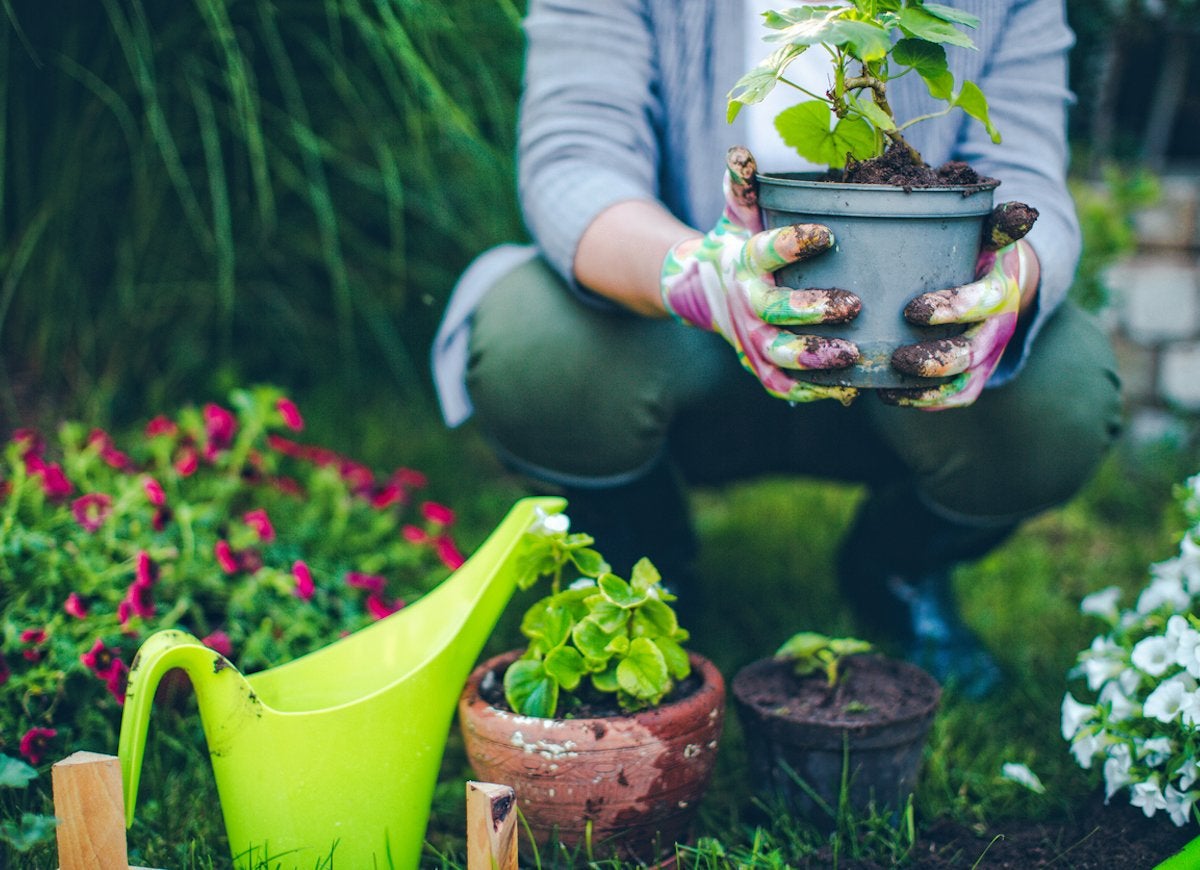
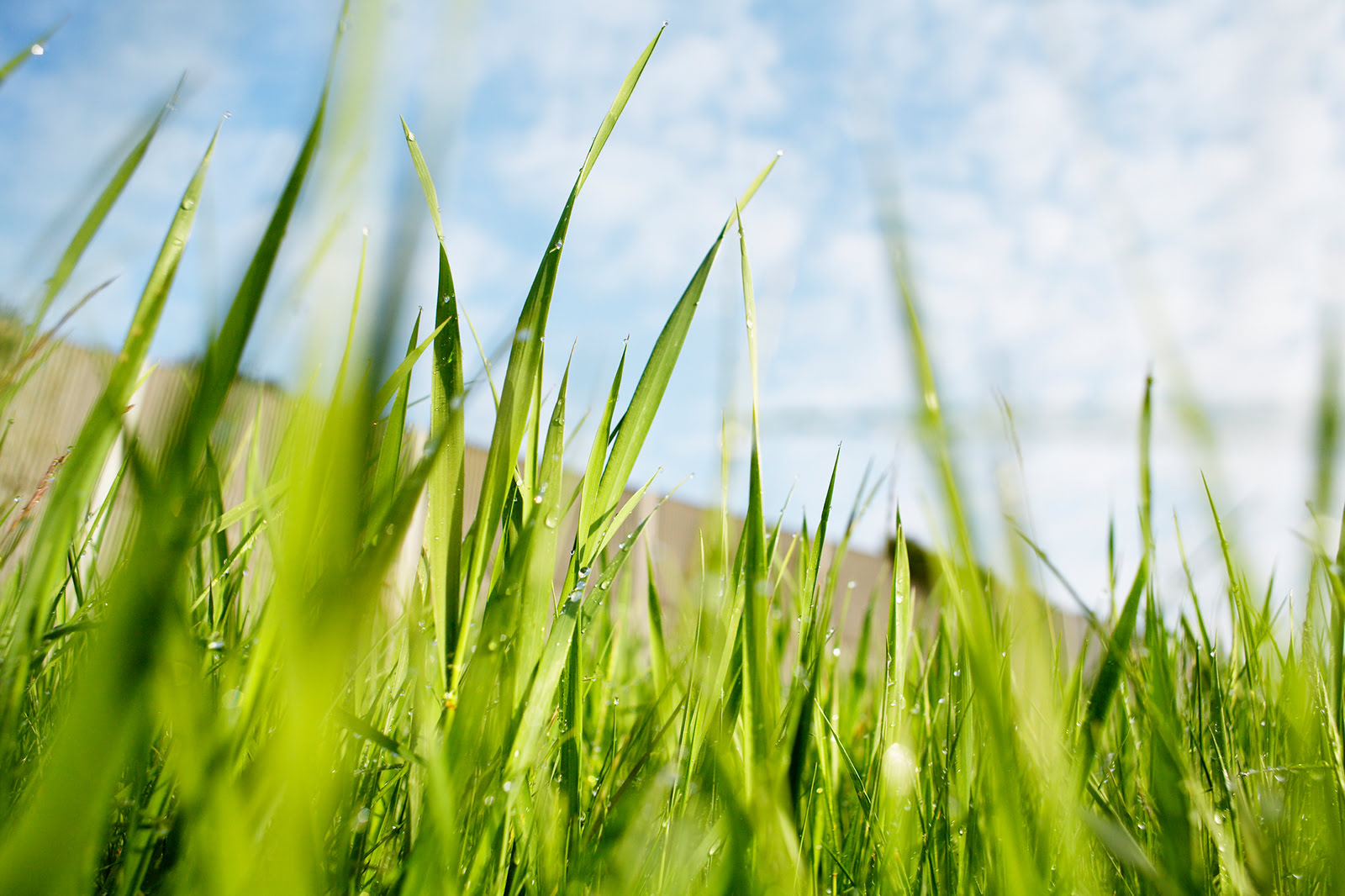
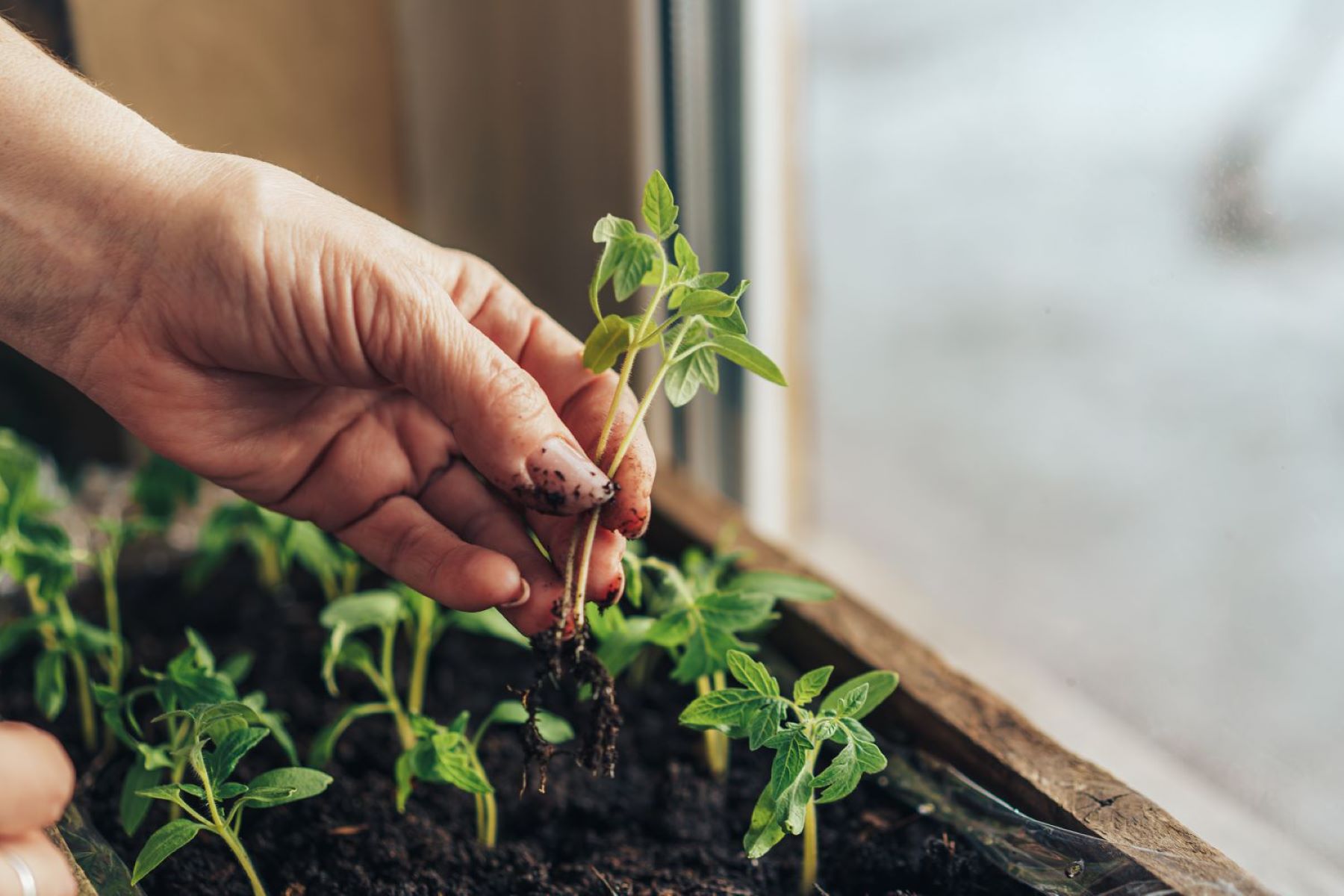
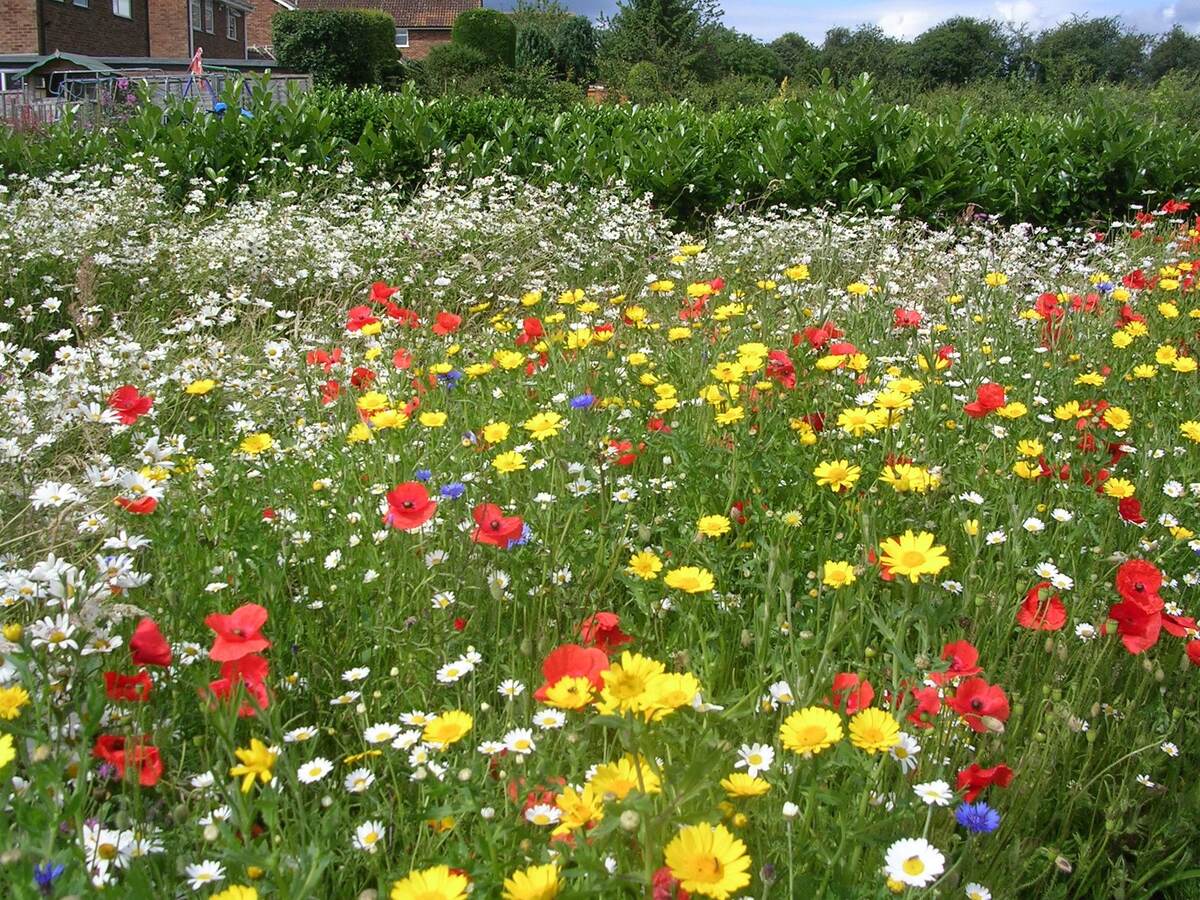
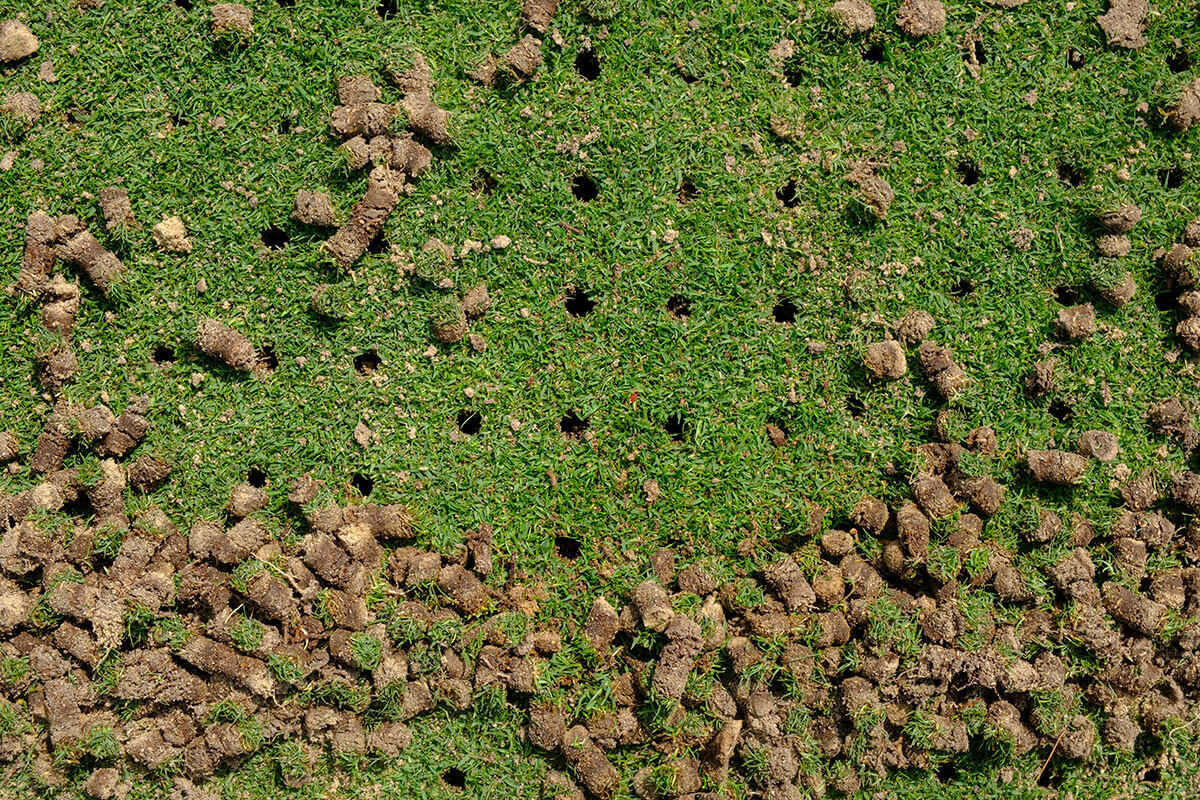
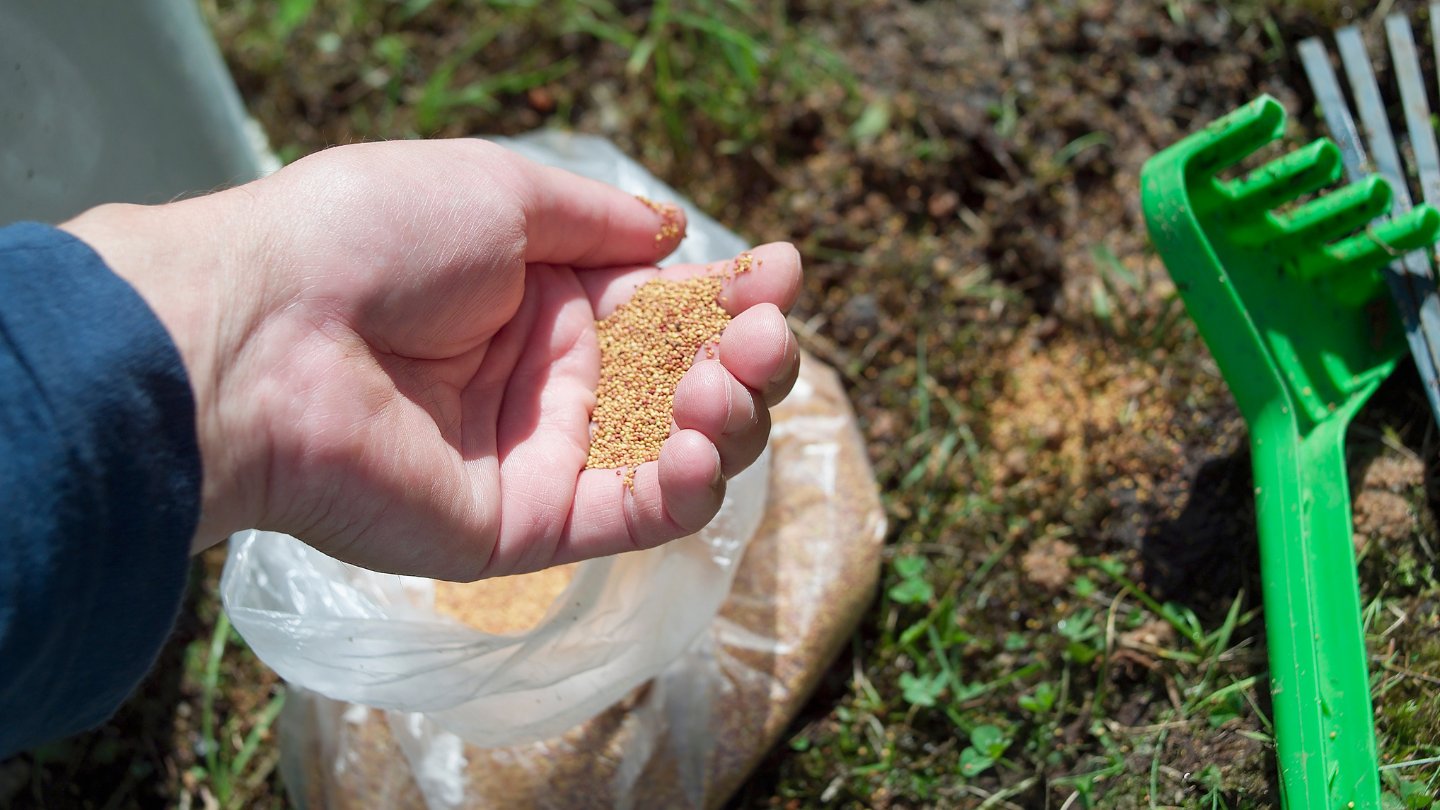
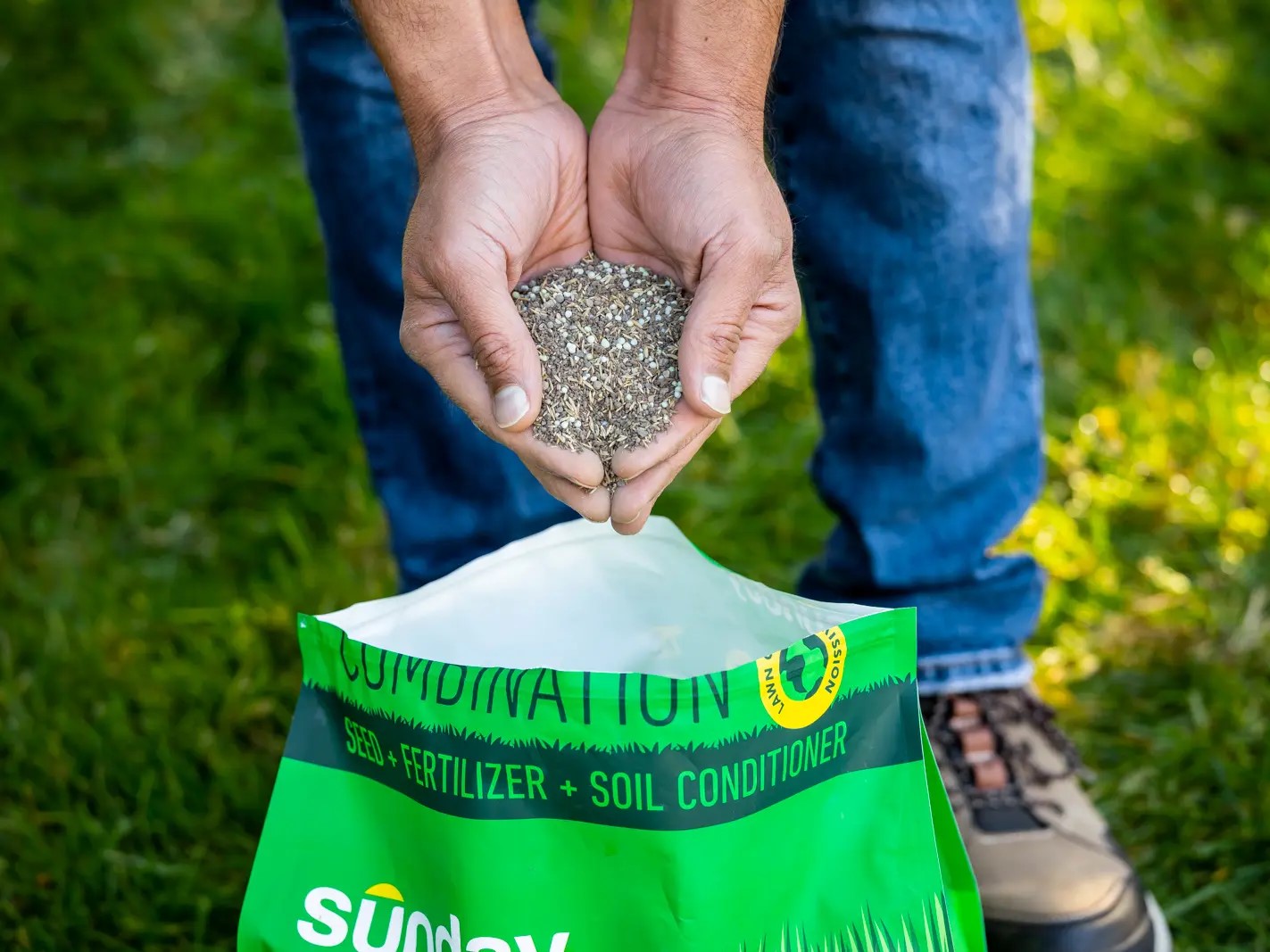
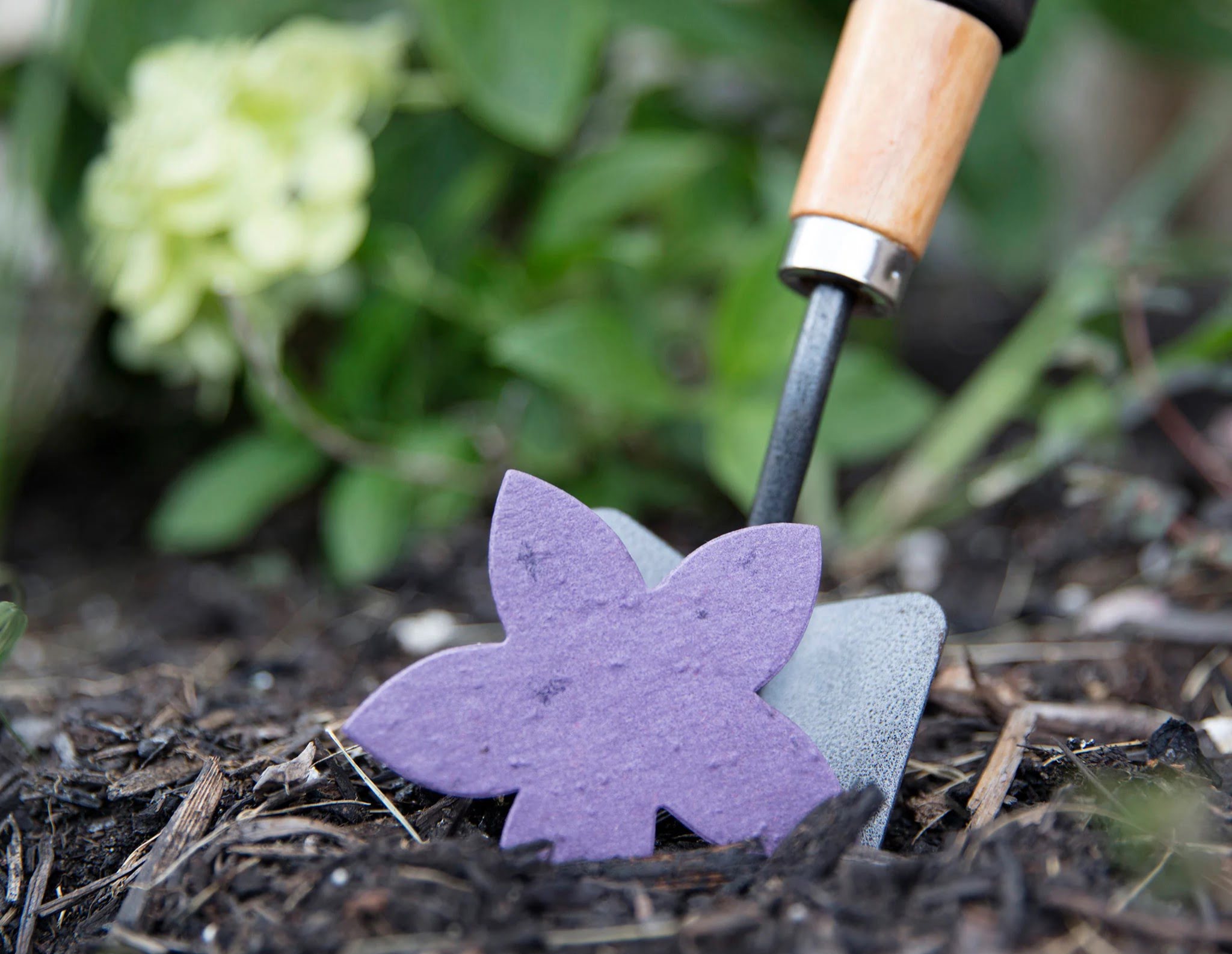

0 thoughts on “When Should I Plant Wildflower Seeds”